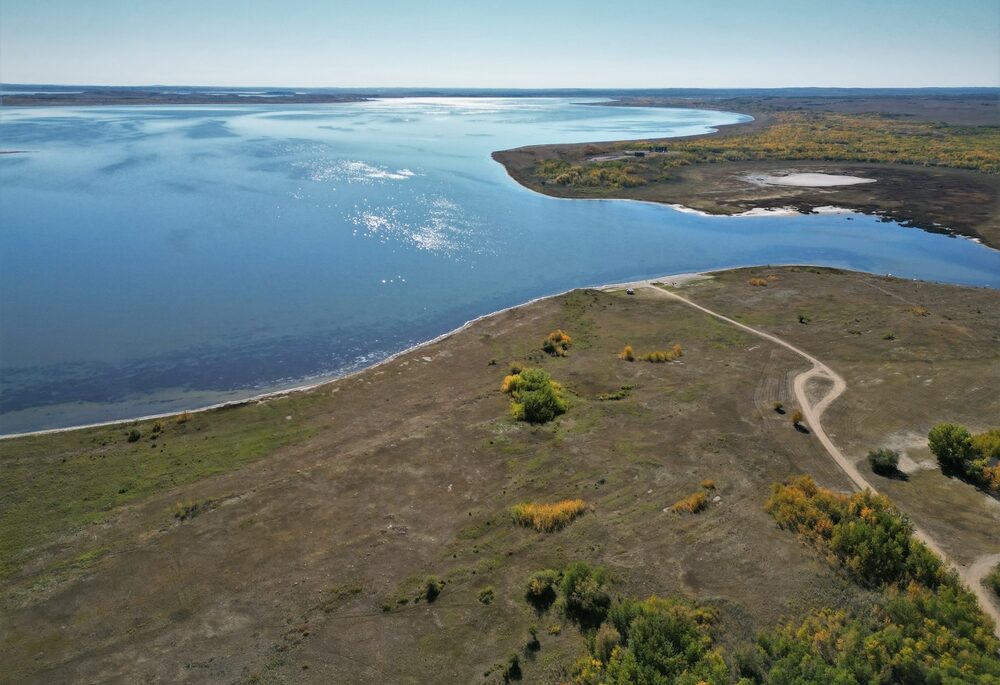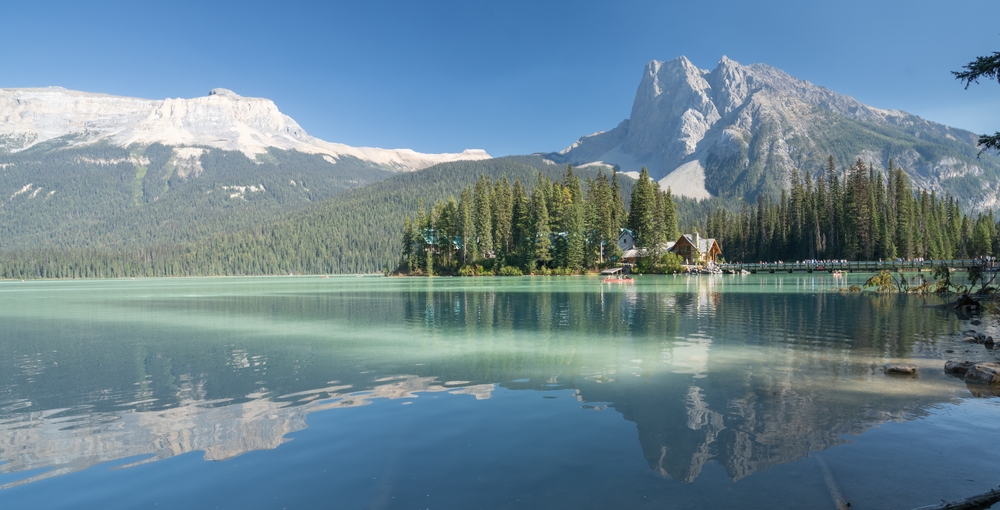With tariffs and U.S. relations dominating the upcoming federal election, environmental groups are reminding voters of Canada’s commitment to its natural environment.
On March 21, Ontario Nature, a non-profit devoted to protecting Canada’s wild species and spaces, called on political parties to recommit to Canada’s 30 x 30 target. Signed by the federal government in 2022, the 30 x 30 target is part of the Kunming-Montréal Global Biodiversity Framework, which committed Canada to protecting 30 per cent of its land, water, and oceans by 2030.
However, $467 million in budget cuts and lapsed funding to Parks Canada over the next two years is putting this goal in jeopardy.
“It’s unclear how Canada will still work to achieve that target of protecting 30 per cent of lands and waters by 2030 without the resources to do it,” says Tony Morris, the conservation policy and campaigns director at Ontario Nature. “We’re five years away and we still have quite a ways to go at the national level.”
As of 2024, Canada had conserved 13.7 per cent of its land and freshwater, and 14.7 per cent of its marine territory.
The cuts to Parks Canada are part of a refocusing of government spending introduced in the 2023 federal budget. In the budget, the government committed to reducing spending by $14.1 billion over the next five years, starting in the 2023 to 2024 fiscal year.
To achieve this goal, Parks Canada cut $23.6 million from its budget last year, $26.8 million from its budget this year, and is expected to cut a further $34.5 million from its budget next year. According to the agency’s departmental plan, these reductions will come from internal efficiencies, such as professional services, travel, and information technology, as well as changing how heritage sites are managed, and standardizing and digitizing visitor services.
“Government of Canada plans to reprioritize spending and inflationary pressures put Parks Canada at risk of not being able to deliver the services that matter most to Canadians, with negative impacts on the agency’s financial liability,” Parks Canada said in its December 31, 2024 quarterly financial report.
The remaining $382 million that Parks Canada is losing will come from sunsetting funding initiatives, such as the Enhanced Nature Legacy fund.
Parks Canada introduced the Enhanced Nature Legacy fund in the 2021 to 2022 fiscal year. It provided $2.3 billion over five years and was intended to help Canada achieve the goal of conserving 25 per cent of the country’s land and inland waters by 2025, while also protecting species, increasing access to nature, and advancing Indigenous reconciliation. But the fund expires in 2026, and the government has no intention of renewing it.
More than 800 full-time jobs are expected to be eliminated at Parks Canada by 2026 due to the loss of these funding initiatives.
With the tightening of its budget, Morris says it’s unclear what projects Parks Canada will prioritize moving forward. Last year, the agency opened Canada’s 48th national park, Pituamkek National Park Reserve in P.E.I. And there are three additional parks currently planned: Seal River in Manitoba, Peel River in the Yukon, and a park in B.C.’s South Okanagan region.
The agency also had plans to expand urban national parks, ecological corridors, and Indigenous guardianship programs. Ontario Nature received funding from Parks Canada this year to work on an ecological corridor in Sault Ste. Marie that connects and restores conserved areas. But Morris says the funding is part of the Enhanced Nature Legacy fund, so it won’t be renewed next year.
“These sorts of projects involve Indigenous communities and local community groups and are not something that’s a one year and you’re done,” he says. “It’s unclear how groups like Ontario Nature and Indigenous communities are going to continue to advance that work without funding support.”
Parks Canada will publish its 2025 to 2026 departmental plan in the next six to eight weeks. The new plan could include updates on the budget cuts. A spokesperson for Parks Canada also said that the outcome of the federal election could impact funding.
But the team at Ontario Nature isn’t holding its breath. Instead, it’s trying to rally voters around the idea of protecting the environment. Morris points out that an EKOS poll published last year showed that 84 per cent of Canadians want stronger government action to protect forests and wildlife.
“These cuts send the wrong message at a time when we really need ambitious action on biodiversity loss and climate change,” says Morris. “A strong Canada is one that protects and restores nature.”

Related Story This Muskoka nursery has partnered with WWF-Canada to help restore the area’s natural landscape

Related Story Google Maps has mislabelled provincial parks as state parks and Canadians aren’t happy about it

Related Story Did you know that Canada has its very own Dead Sea in Saskatchewan?
